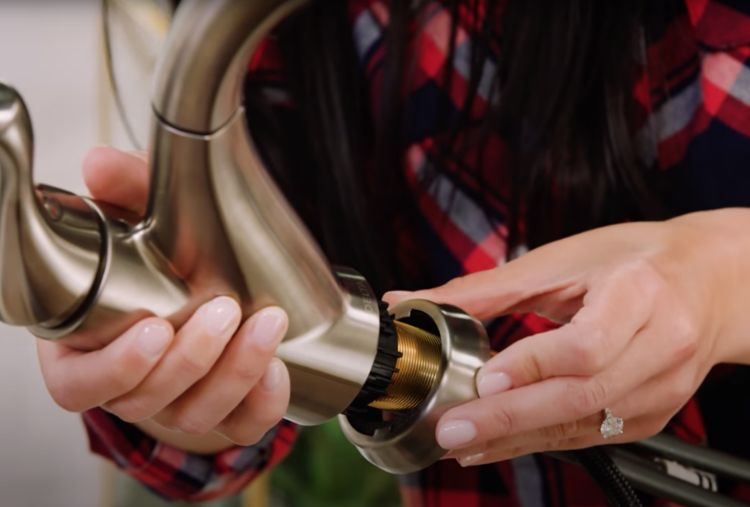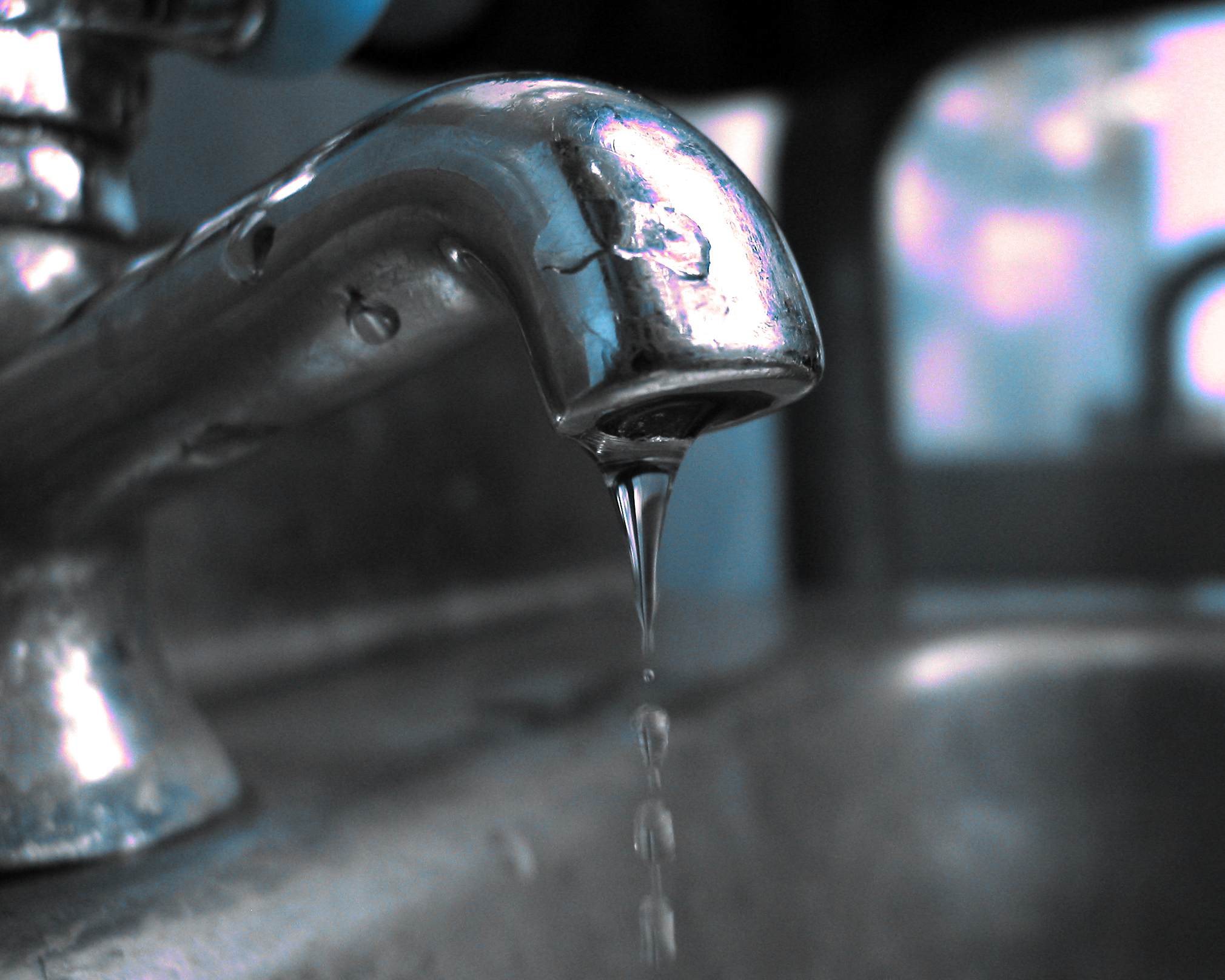Uncovering the Relevance of Repairing a Malfunctioning Faucet
Uncovering the Relevance of Repairing a Malfunctioning Faucet
Blog Article
They are making several great pointers about How to Fix a Dripping or Leaky Faucet in general in this post below.

Trickling taps may appear like a small hassle, but their influence exceeds simply the annoyance of the sound. From wasting water to incurring unnecessary financial costs and health risks, ignoring a dripping faucet can bring about numerous effects. In this write-up, we'll delve into why it's essential to address this typical home problem without delay and effectively.
Waste of Water
Environmental Effect
Dripping taps add substantially to water wastage. According to the Epa (EPA), a solitary faucet dripping at one drip per second can waste greater than 3,000 gallons of water each year. This not just pressures water sources yet likewise impacts ecological communities and wild animals based on them.
Step-by-Step Overview to Repairing a Dripping Tap
Devices Required
Prior to attempting to deal with a dripping tap, gather the essential tools, consisting of a flexible wrench, screwdrivers, replacement parts (such as washing machines or cartridges), and plumber's tape.
Common Faucet Issues and Their Solutions
Identify the kind of faucet and the particular problem causing the drip. Common problems consist of damaged washing machines, rusty valve seats, or malfunctioning O-rings. Describe maker guidelines or on-line tutorials for detailed support on fixings.
Financial Expenses
Boosted Water Expenses
Past the environmental impact, dripping taps can blow up water expenses substantially. The accumulated wastage with time equates into greater utility expenditures, which might have been stayed clear of with prompt repair work.
Potential Home Damage
Moreover, long term leaking can result in harm to fixtures and surface areas surrounding the faucet. Water accumulation can trigger staining, deterioration, and even structural issues if left unattended, causing additional fixing expenses.
Wellness Problems
Mold And Mildew and Mold Growth
The constant presence of moisture from a dripping tap develops an excellent setting for mold and mildew and mildew development. These fungis not only endanger indoor air high quality however additionally pose health and wellness dangers, specifically for people with respiratory system problems or allergic reactions.
Waterborne Conditions
Stagnant water in dripping faucets can end up being a breeding place for germs and various other pathogens, enhancing the threat of waterborne diseases. Pollutants such as Legionella bacteria flourish in stationary water, potentially resulting in major ailments when ingested or inhaled.
DIY vs. Specialist Repair service
Advantages and disadvantages of Do It Yourself Repair Work
While some may try to fix a trickling tap themselves, DIY fixings include their own collection of obstacles. Without proper expertise and tools, do it yourself attempts can worsen the problem or lead to insufficient repair services, lengthening the trouble.
Benefits of Hiring an Expert Plumber
Working with an expert plumber makes certain that the underlying root cause of the leaking tap is addressed efficiently. Plumbings possess the experience and equipment to detect and fix tap concerns effectively, conserving time and lessening the risk of additional damages.
Ecological Duty
Specific Contribution to Preservation
Taking duty for repairing leaking faucets lines up with wider initiatives towards water conservation and ecological sustainability. Every individual's activities collectively make a considerable impact on preserving valuable resources.
Sustainable Living Practices
By prioritizing punctual repair services and adopting water-saving practices, individuals contribute to sustainable living techniques that benefit both present and future generations.
Preventive Measures
Normal Maintenance Tips
To prevent dripping taps, perform routine upkeep such as cleaning up aerators, examining for leaks, and replacing damaged parts promptly. In addition, take into consideration installing water-saving devices or upgrading to more effective fixtures.
Importance of Prompt Services
Attending to leaking faucets as soon as they're observed prevents additional water wastage and potential damage, inevitably saving both water and money over time.
Effect On Residential Property Worth
Understanding of Well-Maintained Residential Property
Keeping a residential or commercial property in good condition, including dealing with maintenance issues like trickling taps, improves its perceived worth and worth among potential customers or renters.
Impact on Resale Value
Features with well-maintained plumbing components, including taps, command higher resale values in the real estate market. Dealing with leaking taps can add to a positive impression throughout residential or commercial property examinations and arrangements.
Verdict
Attending to a leaking tap surpasses plain ease; it's a crucial action toward saving water, lowering economic expenses, and securing health and wellness and residential or commercial property. Whether with do it yourself repair services or specialist help, acting to repair leaking faucets is a little yet impactful way to advertise liable stewardship of resources and add to a much healthier, a lot more sustainable future.
How to Fix a Leaky Faucet: Step-by-Step Repair Guide
A leaky faucet may seem like a simple annoyance, but if it's not fixed promptly, that leak could cost hundreds to potentially thousands. From water damage to mold, mildew, and high water bills, even a tiny leak can be catastrophic if left unattended. Damage like this can even affect the overall value of your home, so it's important to take the right approach for leaky faucet repair. You may need the help of a plumber in some cases, but we've got a few tips you can try on how to fix a leaky faucet before calling the pros.
Four Faucet Types
When you're learning how to fix a leaky faucet, the first step is knowing what kind of faucet you're working with! There are four common types.
Cartridge Faucets
Cartridge faucets come in one- or two-handled varieties. In one-handled cartridge faucets, hot and cold water combines in a single cartridge. In the two-handled versions, hot and cold water are controlled separately and mixed in the faucet.
Ball Faucets
Ball faucets have a single lever you push up and down to adjust the pressure and rotate to change the temperature. A slotted metal ball controls the amount of water allowed into the spout.
Compression Washer Faucets
They're the oldest type of faucet, but they're still used in many homes — especially older ones. Compression faucets have two separate handles that, when turned, raise or lower the washer that seals a water valve. This valve stops water from flowing through the faucet when it is turned off.
Disc Faucets
Disc faucets rarely need to be repaired due to their maintenance-free design. The water flow is controlled by two discs — the upper one raises and lowers against a fixed lower disc, creating a watertight seal. If your disc faucet starts leaking, you may need to replace the seals or clean residue buildup from the inlets.
Fixing a Leaky Faucet
Step 1: Turn Off the Water
Whether you're learning how to fix a leaky bathtub faucet or how to fix a leaky kitchen faucet, always turn off the water supply to your working area when you're fixing a leak. The last thing you want is a flood added to your list of things to fix.
Look for the shutoff valves below your sink or around the tub and turn them clockwise to stop the water flow. If your faucet doesn't have shutoff valves, you may need to turn off the water for the whole house. Check to make sure it's off by turning the faucet on. If nothing comes out, you're ready to start the repair.
Step 2: Take Apart the Faucet
How you disassemble your faucet depends on the type of fixture you have. You can use a flathead screwdriver to remove the caps on top of the handle or handles for cartridge and compression faucets. Inside, you should see handle screws. Unscrew these with a screwdriver to remove the handle.
Disc- and ball-style faucets will typically have an inlet screw near the handle, and removing that will reveal the interior of the faucet.
Detach the Valve Stem
For cartridge- and compression-style faucets, you'll see the inner valve stem or cartridge once you remove the faucet handles. If you have a compression faucet, unscrew the brass valve stem. If you have a cartridge faucet, pull out the cartridge. If your cartridge has been in place for a while, it may require some tools or extra force to remove it due to mineral deposits.
Examine and Replace Parts
Once you've removed the parts, check them out to confirm what needs to be replaced. You may see corroded rubber washers, O-rings, stems, or cartridges. On a ball-style faucet, check the seats and springs for damage.
If you need to repair a leaky disc faucet, check the inlet and seals on the lower disc.
Once you determine what parts must be replaced, visit your local hardware store. Bring the damaged parts with you to ensure you can purchase the correct components to replace them.
Clean Valves and Faucet Cavity
If you've removed a stem or cartridge, you may notice mineral buildup in the faucet's threads. Use white vinegar to clean the valve seat by soaking it for a few minutes, then scrub it away with a soft toothbrush and rinse with warm water. You can also clean the interior of the faucet in the same way.
Reassemble the Faucet
Once your faucet is cleaned and the required parts have been replaced, it's time to reassemble it. Put the pieces back together and slowly turn the water supply back on. Doing this slowly is crucial because too much initial water pressure can damage the new hardware you've just installed.
https://homewarranty.firstam.com/blog/how-to-fix-leaky-faucet

I was shown that article about How to Fix a Dripping or Leaky Faucet through someone on another web blog. You should set aside a second to distribute this write-up if you enjoyed reading it. Bless you for being here. Kindly pay a visit to our blog back soon.
Report this page